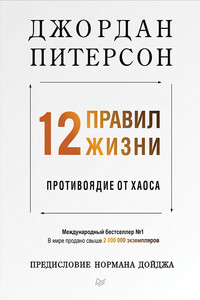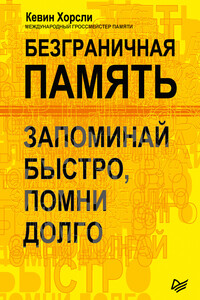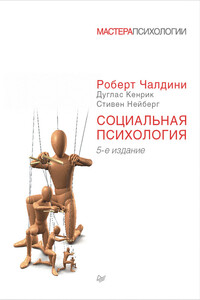Lancaster, J. B. (1976). Primate behavior and the emergence of human culture. New York, NY: Holt.
Latane, B. (1996). Dynamic social impact: The creation of culture by communication. Journal of Communication, 46,13-25.
Latane, B., & L'Herrou, T. (1996). Spatial clustering in the conformity game: Dynamic social impact in electronic groups. Journal of Personality & Social Psychology, 70,1218-1230.
Latane, B., & Nowak, A. (1994). Attitudes as catastrophes: From dimensions to categories with increasing involvement. In R. R. Vallacher & A. Nowak (Eds.), Dynamical systems in social psychology (pp. 219-249). San Diego, CA: Academic Press.
Lewin, R. (1992). Complexity: Life at the edge of chaos. New York, NY: Macmillan.
Li, N. P., Bailey, J. M., Kenrick, D. T., & Linsenmeier, J. A. (2002). The necessities and luxuries of mate preferences: Testing the trade-offs. Journalof Personality & Social Psychology, 82,947-955.
Li, N. P., & Kenrick, D. T. (2006). Sex similarities and differences in preferences for short-term mates: What, whether, and why. Journal of Personality & Social Psychology, 90,468-489.
Li, Y. J., Cohen, A. B., Weeden, J., & Kenrick, D. T. (2010). Mating competitors increase religious beliefs.Journal of Experimental Social Psychology, 46,428-431.
Li, Y. J., & Kenrick, D. T. (2010, January). Mating motives make men loss averse. Paper presented at Society for Personality & Social Psychology, Las Vegas, NV.
Lieberman, D., Tooby, J., & Cosmides, L. (2003). Does morality have a biological basis? An empirical test of the factors governing moral sentiments regarding incest. Proceedings of the Royal Society of London, B, 270,819-826.
Lieberman, D., Tooby, J., & Cosmides, L. (2007). The architecture of human kin detection. Nature, 445,121-131.
Little, A. C., Jones, B. C., & DeBruine, L. M. (2008). Preferences for variation in masculinity in real male faces change across the menstrual cycle: Women prefer more masculine faces when they are more fertile. Personality & Individual Differences, 45,478-482.
Lyubomirsky, S. (2007). The how of happiness: A scientific approach to getting the life you want. New York, NY: Penguin.
Lyubomirsky, S., & Boehm, J. K. (2010). Human motives, happiness, and the puzzle of parenthood: Commentary on Kenrick et al. (2010). Perspectives on Psychological Science, 5, 327-334.
MacDonald, G., & Leary, M. R. (2005). Why does social exclusion hurt? The relationship between social and physical pain. Psychological Bulletin, 131, 202-223.
Maner, J. K., Kenrick, D. T., Becker, D. V., Delton, A. W., Hofer, B., Wilbur, C. J., & Neuberg, S. L. (2003). Sexually selective cognition: Beauty captures the mind of the beholder.Journal of Personality & Social Psychology, 6,1107-1120
Maner, J. K., Kenrick, D. T., Becker, D. V., Robertson, T. E., Hofer, B., Neuberg, S. L., Delton, A. W., Butner, J., & Schaller, M. (2005). Functional projection: How fundamental social motives can bias interpersonal perception. Journal of Personality & Social Psychology, 88, 63-78.
Markus, H., & Zajonc, R. B. (1985). The cognitive perspective in social psychology. In G. Lindzey & E. Aronson (Eds.), Handbook of social psychology (Vol. 1, pp. 137-230). New York, NY: Random House.
Martindale, C. (1980). Subselves. In L. Wheeler (Ed.), Review of personality and social psychology (pp. 193-218). Beverly Hills, CA: Sage.
Maslow, А. Н. (1943). A theory of human motivation. Psychological Review, 50,370-396.
Maslow, A. H. (1970). Motivation and personality (2nd ed.). New York, NY: Harper & Row.
Masters, W. H., & Johnson, V. E. (1970). Human sexual inadequacy. Toronto; New York: Bantam Books.
McIntyre, M., Gangestad, S. W., Gray, P. B., Chapman, J. E, Burnham, T. C., O’Rourke, M. T., & Thornhill, R. (2006). Romantic involvement often reduces men’s testosterone levels—but not always: The moderating role of extrapair sexual interest ./оштш/ of Personality & Social Psychology, 91,642-651.
Miller, G. E (2000). The mating mind: How sexual choice shaped the evolution of human nature. London, England: Heinemann.









